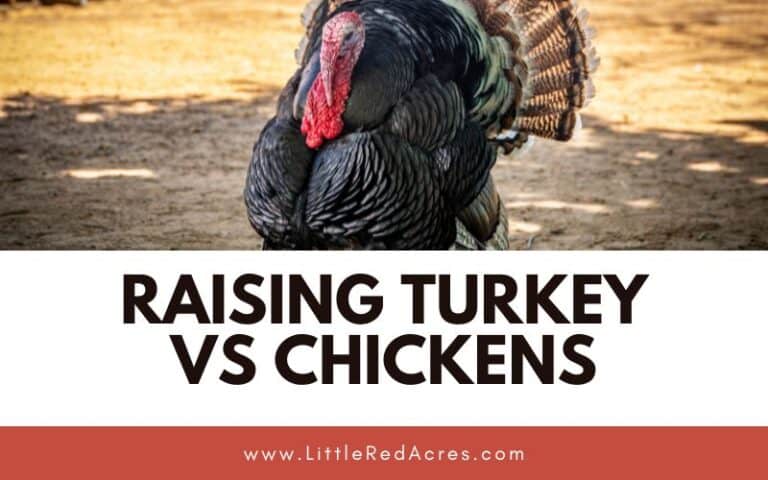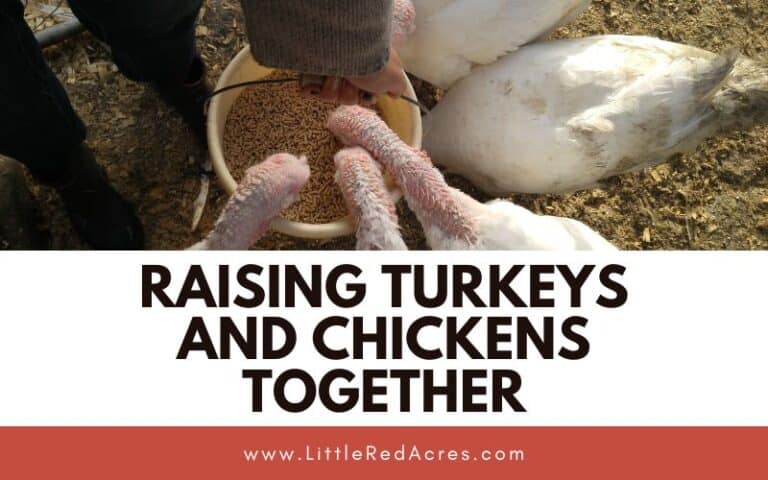Hatching Turkey Eggs
Hatching turkey eggs can be a challenging but rewarding experience for anyone interested in raising their own flock of turkeys. Whether you're a hobbyist or a small-scale farmer, successfully hatching turkey eggs requires careful attention to temperature, humidity, and egg turning.
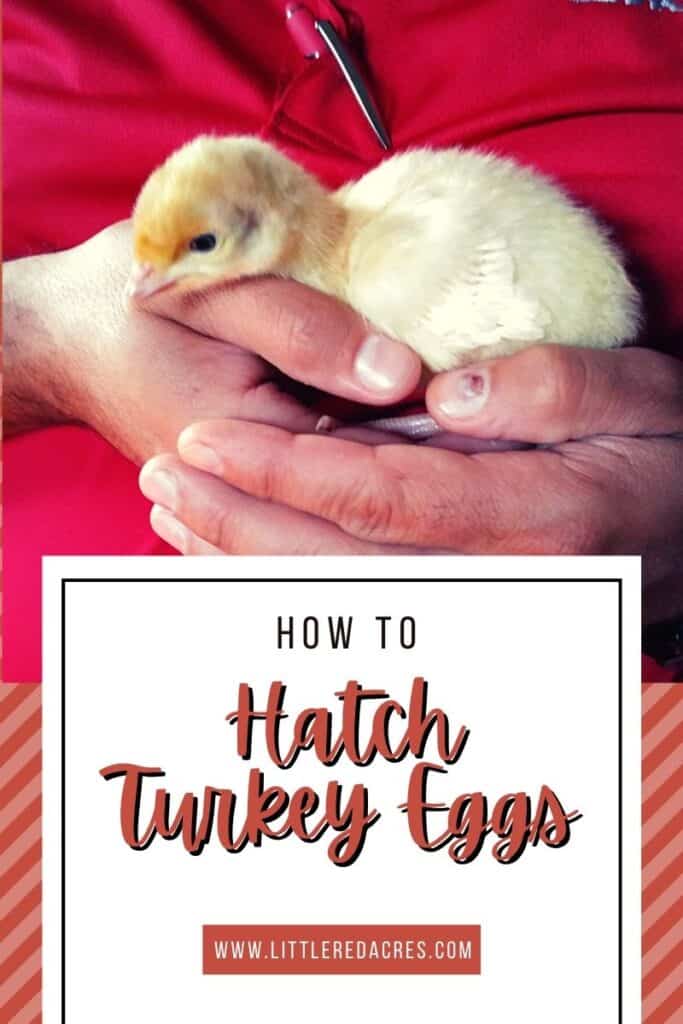
This post may contain affiliate links, see my disclosure policy for more information.
Hatching Turkey Eggs
A turkey hen lays one clutch of eggs per year, these clutches can be as small as four to as large as 17 eggs per nest! The hen lays only one egg each day, so if she lays 14 eggs it takes two full weeks to lay the entire clutch.
With the right equipment and some basic knowledge, however, you can hatch healthy and happy poults that will grow up to be strong and productive birds.
Get updates & freebies delivered to your inbox!
Incubating turkey eggs is a great way to hatch your own flock of turkeys. It requires a little bit of knowledge and patience, but it can be a rewarding process. Here are the steps you need to follow to hatch turkey eggs in an incubator:
Gather Fertile Turkey Eggs
The first step in hatching turkey eggs is to gather fertile eggs. You can either collect them from your own turkeys or purchase them from a hatchery.
Ensure the eggs are fresh, clean, and cracks or abnormalities-free. Do NOT wash the eggs. Just like chicken eggs, this removes the protective bloom.
Set Up Your Incubator
Before you start incubating your eggs, you need to set up your incubator. Follow the instructions provided by the manufacturer to ensure that the incubator is clean and functioning properly. You will also need to calibrate the temperature and humidity levels.
Incubate the Eggs
Once your incubator is set up, it's time to incubate the eggs.
Place the eggs in the incubator with the pointed end facing downwards. You can use an automatic egg turner or turn the eggs by hand three times a day. Make sure to wash your hands before handling the eggs to avoid transferring any bacteria or germs.
The temperature in the incubator should be around 99.5-100F, and the humidity level should be about 50-60%. Use a thermometer and a hygrometer to monitor the temperature and humidity levels.
Make sure to maintain these levels throughout the incubation period.
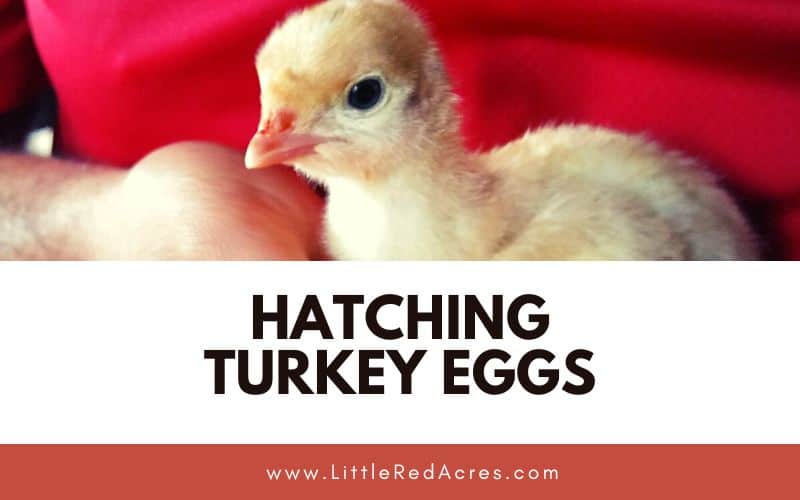
Monitor the Eggs
During the incubation period, you should monitor the eggs regularly. Look for any cracks and remove any that are damaged or not developing properly. Candling the eggs can help you to see the development of the embryo.
You should wait until day 7-8 before candling for the first time because you want to make sure there is something there to see. Remove eggs that are not developing.
Candle again around day 15, and then again before lockdown.
Stop Turning the Eggs
After 25 days, stop turning the eggs and increase the humidity level to around 70%. This will help the chicks to break out of their shells. You don't want the humidity low because then the membrane in the shell will dry out and stick to the chicks making it next to impossible for them to hatch on their own.
Wait for Hatching
Turkey eggs typically take around 28 days to hatch. During this time, you should keep an eye on the incubator.
You can also listen for any chirping or peeping sounds, which indicate that the chicks are getting ready to hatch.
Once they are all hatched and fluffy in the incubator you can move them to a brooder.
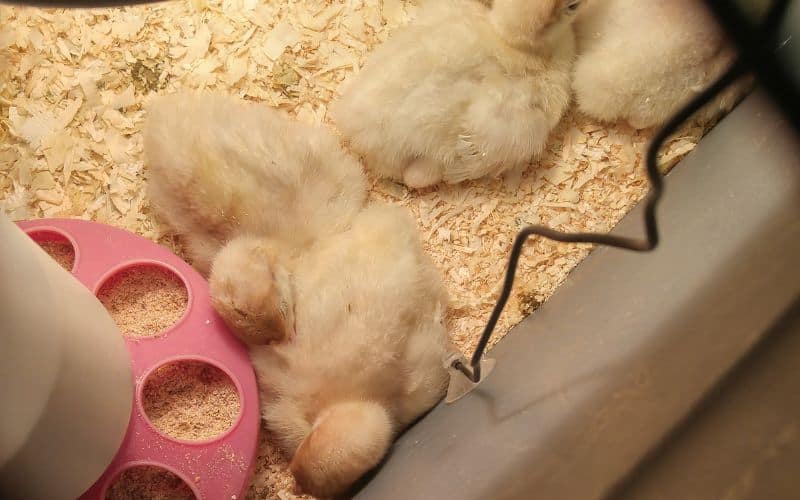
Hatching turkey eggs in an incubator can be a rewarding experience. With a little bit of knowledge and patience, you can hatch your own flock of turkeys. Just make sure to follow the steps outlined above and monitor the eggs carefully. Good luck!



